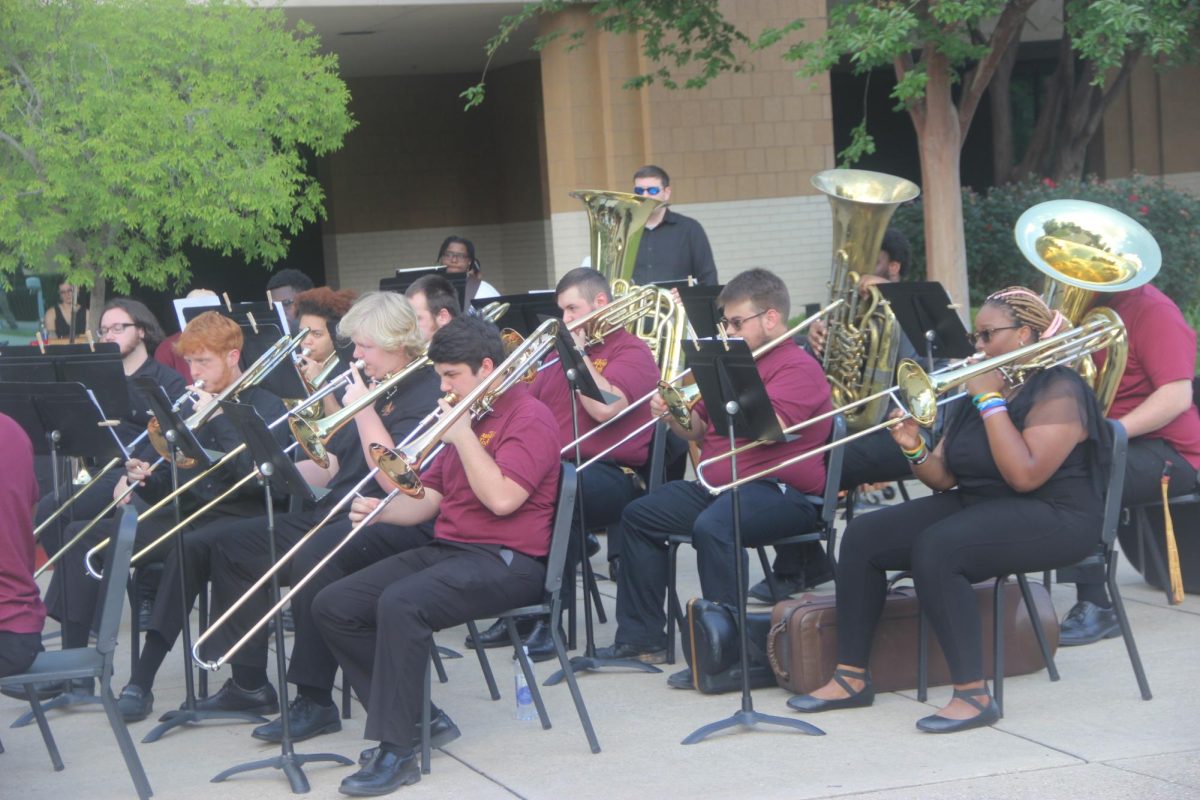The atmospheric science major offers students an education in weather and climate that is unavailable elsewhere in the state.
The atmospheric science program is the only degree program of its kind in Louisiana. Graduates work as professional atmospheric scientists or meteorologists.
Anne Case Hanks, director of the School of Sciences, said the major attracts students who want to work in weather and climate. An atmospheric science minor is available as well.
Students can pair the atmospheric science major with a compatible minor that peaks their interests. For example, a student who wants to become a broadcast meteorologist can work on a communications minor.
Atmospheric science is the only physical science degree offered at ULM. Case Hanks said that it is an applied science and is “very math and physics intensive.”
Case Hanks also said that graduates usually place well. The goal of around 95 percent of the atmospheric science majors is to work for the government at the National Weather Service, but there are other career options available as well.
These options include broadcast meteorologist, private forecasting, forestry and agriculture.
Stacey Denson, a sophomore atmospheric science major, said she knew that atmospheric science was what she wanted to study since her junior year of high school.
“I’ve always loved science and been interested in weather so that led me to atmospheric science,” Denson said.
Atmospheric science centers on physics and calculus courses, but Denson said they are “luckily” two subjects that she enjoys.
Denson said she hopes to work for the National Weather Service in forecasting weather one day.
Case Hanks said that the major involves a connection with weather and climate through the computer, but only after students have mastered dealing with data by hand first.
“It’s very rewarding but it’s a lot of work. If you enjoy weather, you’ll like this major,” Case Hanks said.
For interested students who worry about rigorous math and science courses, Case Hanks said they should still work “in order to get that prize at the end” if atmospheric science is their passion.
The major differs from others in that it consists of solving problems more than reading and writing.
Jonathan Jeffcoat, a sophomore atmospheric major, became interested in the field after growing up in South Louisiana and experiencing “interesting weather phenomena” such as evening rain showers from humidity, drastic temperature changes in hours, hurricanes and tornadoes.
“Seeing these things on a near daily basis made me want to learn about it and use this knowledge to improve the lives of others as much I can,” Jeffcoat said.
Though he initially thought his only options were government or teaching because he did not want to go into broadcast forecasting, he later learned about “countless” opportunities available to graduates with the degree.
He said there is more to the career options than what one sees on television or the Internet.
Jeffcoat said he is debating between career options such as METOC officer in the Navy, researcher at the National Hurricane Center or working for a private corporation.
The department hopes to break ground at the end of the year on a project involving a dual polarized Doppler radar they acquired.
The student organization for the major is the American Meteorological Society.








